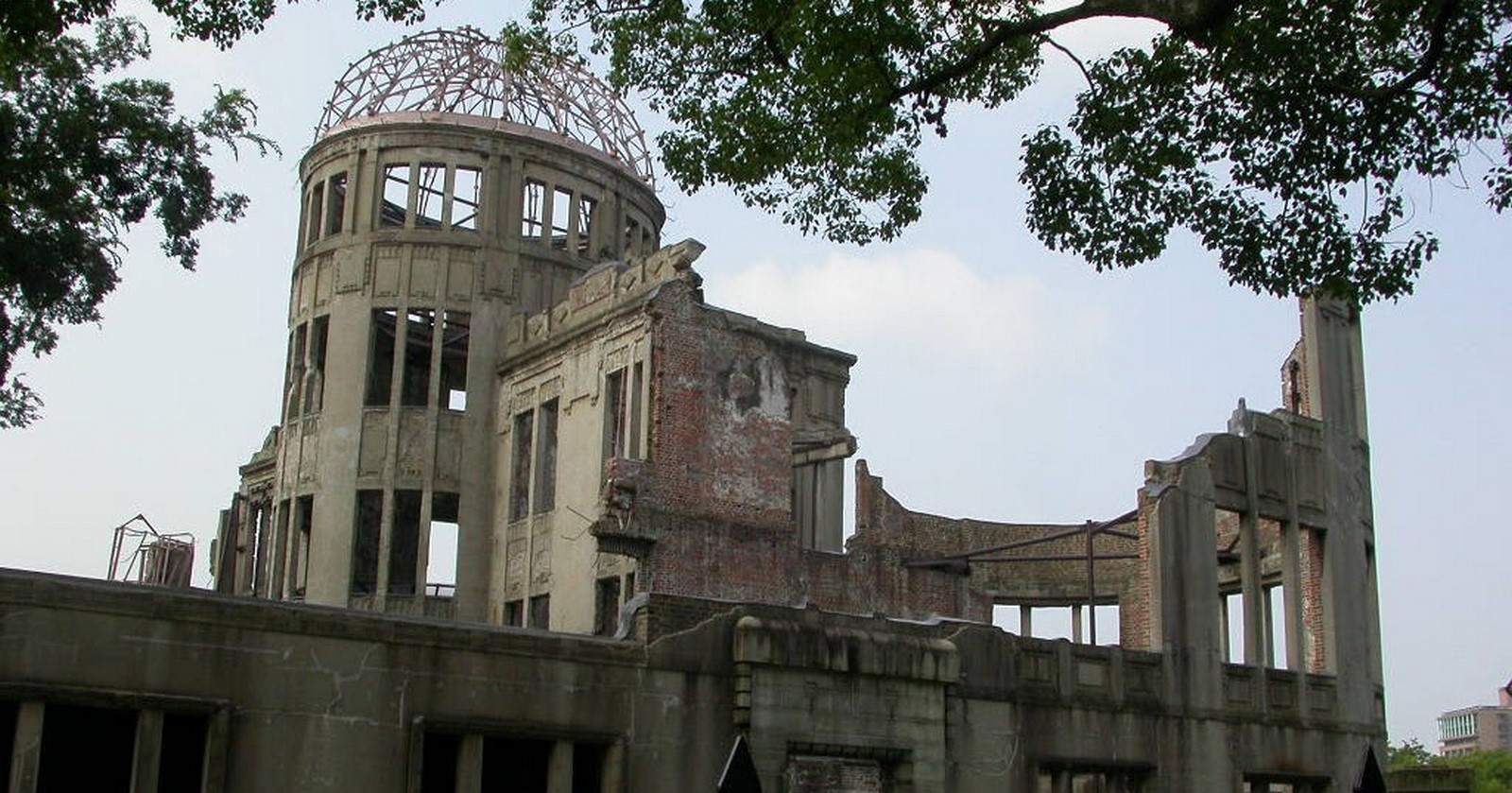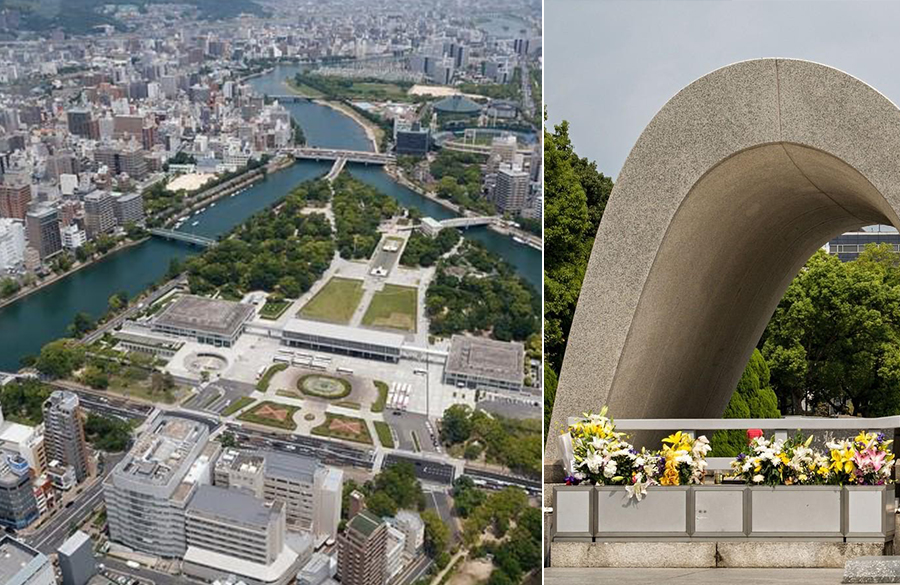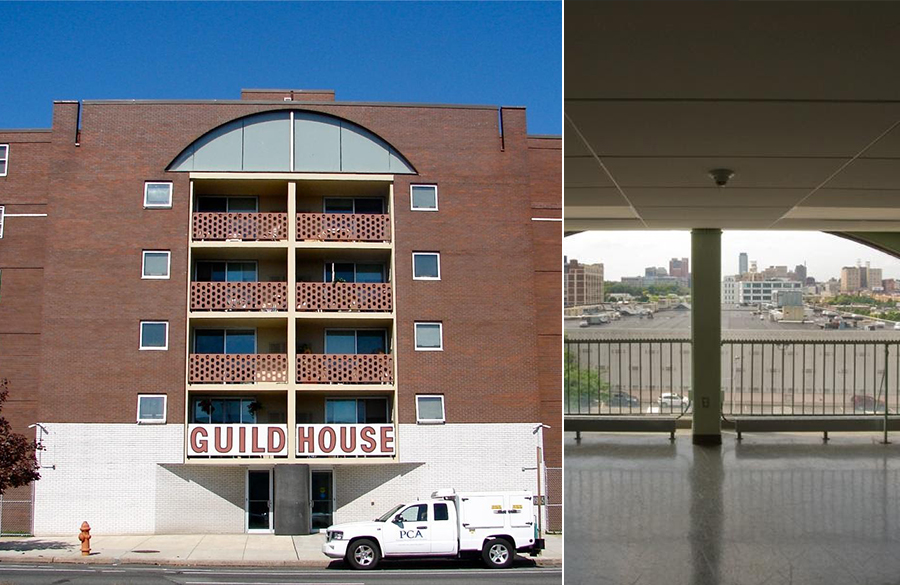The war brought fathomable changes to Japan in the year 1945, the aftermath of the bombing had left the city flattened with destruction to property and to the life of thousands. Urban scale devastation had moved the scope of development to nil. The government had proposed to rebuild ground zero as a symbol of peace with a memorial park to honor the people who were martyred in the holocaust. Located in the city center near the bank of rivers Motoyasu and Honekawa. The peace park went on to be a monumental project on an area of 120,000 m2.

Kenzo Tange won the competition to be commissioned as the architect to design the peace center and memorial park, which was meant to speak for the tragedy and urgent need of holding back the nuclear arms. With this dire thought he collectively segregated the facilities on the site, namely as Hiroshima Museum, the cenotaph to victims of the bombing, the Peace flame, Hiroshima peace memorial hall, and the Atomic Bomb dome ‘Genbaku’, it was one of the buildings to a standstill after the atomic bombings.

The original building was preserved as a memory of the attacks that had shadowed Hiroshima, the park was made around it. The project was timely divided into two sets (1949-1955 & 1970-1973) which had clarified the design and brought in new elements as a standard strong feature to the site. Kenzo Tange was keen on using a concept for the park with cardinal directions as the base and dividing the areas according to the activities in the facility.
The east-west corridor hosted the boulevard and the north-south held around with the dome and cenotaph. The borders on the site are loosely held together with the auxiliary features on the site and the open spaces acting as a bridge to the other facilities on the ground. The landscape had drawn the lines to which the visitor complied and followed a pattern to experience the memorial park, with this the site had adopted the shape of an hourglass figure making rear ends wide open and the central avenue as the cynosure to the design. The edges on the hourglass had been densely planted with trees to give it a feel of being in the expanse, it was visually cut-off from the main street and only opening its view to the north of the site.

The cenotaph overlooking the A-Dome was designed by a Japanese-American sculptor Isamu Noguchi, he had the contribution of enhancing the experience by a parabolic arch making it visible throughout the park. The vital effect of the Arch was to make an axial view of the dome as one would see it through the arch and lined up with the minimal monuments such as a pond and peace flame that resembled a candle. The museum building sits right behind the parabolic arch passing its way with the landscaping. His expression in architecture cultivating a relationship with the social and human cause was needed the most at its crucial time.

Kenzo Tange also devised some principles from Le Corbusier, influencing his style on the museum as it stands on the heavy pillars, as addressed to Piloti. The modernist approach to the memorial park as seen directly to the newly built form or addressed as post-war modernism, the site was spread across to present vistas to every architectural component on the flat site which was surrounded by the river on either side. He was convinced of the idea to make the framework of exposed concrete as it adds volume to the building as it speaks with the user.

In the museum building, Kenzo Tange wanted to show the robust nature of human strength to repress over a disaster by directing the building on stilts, which was a similar Japanese feature of elevating the crop stores on piles to protect it from moisture and animals. The stilts presented a grandeur to the museum, likewise speaking or monumentality. Materials like reinforced concrete and glass were used to portray transparency and adding brute strength to the building. The rectangular stilts were similar to the façade of the building highlighting the vertical elements. The Hiroshima peace center memorial hall was totaled to the number of bricks to the victims until 1945, it was constructed with 140 thousand bricks.

Bringing all these together, made an impact on the world to how humanity guides itself through the terror and desolation making peace within us. This memorial marks as an ideogram to several visitors throughout the years and would mark the end of nuclear arms in the coming future.
‘Inconsistency itself breeds vitality, which arises from the confrontation of technology and human existence.’ – Kenzo Tange.











